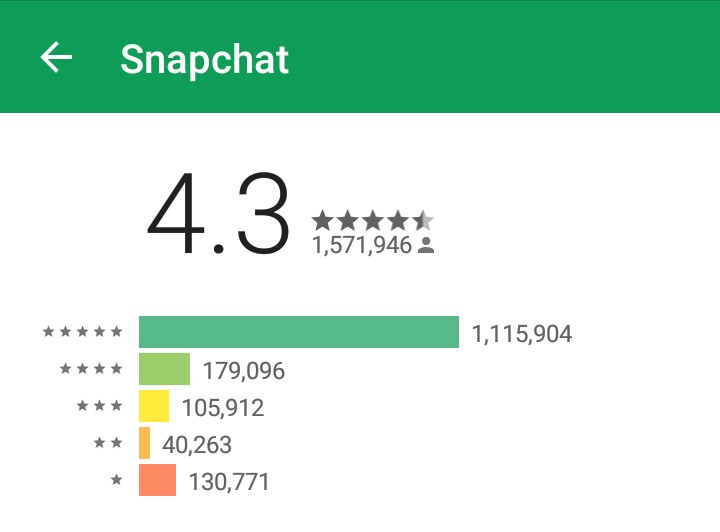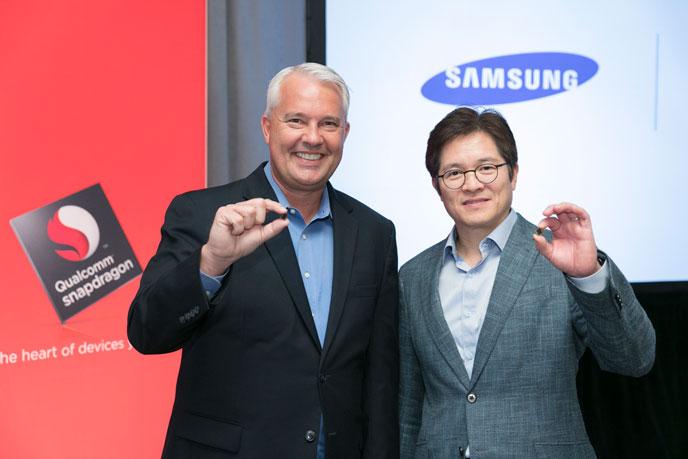
India, a country tremendously growing in the Tech World and is just becoming a insanely big market for almost every kind of Consumer Electronics and Automobile. Social Media is booming here too and All can be said is, this particular country has grown a lot more Techie in a few years of time span. But what happens when Snapchat CEO was claimed to say “India is Poor” by an ex-employee? Millions of uninstalls, “delete snapchat” slogan and 1star ratings all over. That’s how Indians go furious.
So, According to the lawsuit, the incident happened back in 2015 when Pompliano(ex-employee, SnapChat) was expressing his concerns that the app was not making a mark in the overseas market. Abruptly cutting him off, Spiegel said-
“this app is only for rich people. I don’t want to expand into poor countries like India and Spain.”
Moreover, Pampliano has sued Snapchat for presenting inflated metrics about user data to the investors while going for an IPO which is totally against the rules.
“Snapchat was inflating its registration completion rate, which it claimed was about 87 percent. In fact, it was less than 40 percent. The company was also claiming to retain 40 percent of its users after seven days when in fact the figure was closer to 20 percent,” Pompliano claimed.
Pompliano, who was hired away from Facebook to increase the user base of Snapchat, was sacked barely three weeks after he joined the company. Such Attitude the CEO has? Dangerous! 🙁
The comments have invoked angry reactions from Indian users with some even threatening to uninstall and Delete snapchat. Huge amounts of uninstalls and 1star rating are currently what the rage and fury is doing.

Yes, we are Indians. We had a very bad past but believe me, We are a Great country today. One of the major powers out there and a HUGE HUGE HUGE market for Tech and Automobile in particular. If any app is loved by the Indians, it can reach the sky because we have a huge base of fellow people too. So please stop the hate and focus on the business than the stereotype thinkings. Will be Good for you Snapchat.



